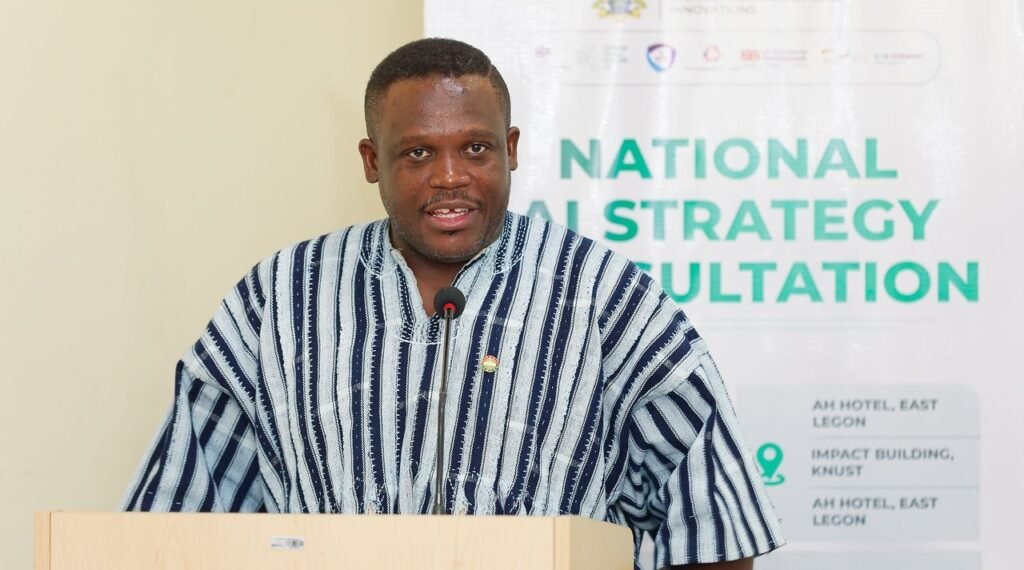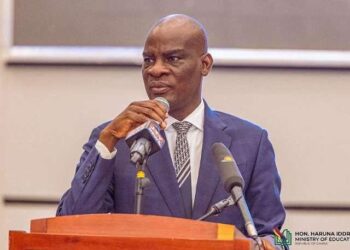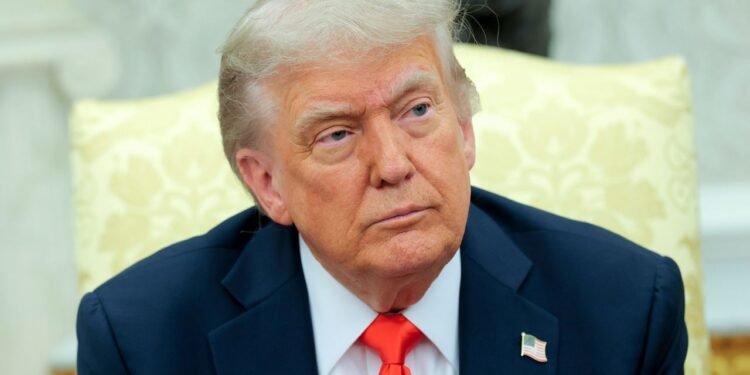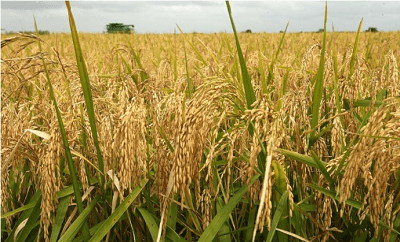In a decisive move to cement Ghana’s digital transformation, the Minister of Communications, Digital Innovation and Technology, Hon. Samuel Nartey George, has issued a compelling call for the protection and standardisation of the country’s fibre infrastructure.
Describing it as the “silent engine powering Ghana’s digital economy“, the Minister underlined that the future of Ghana’s broadband expansion and digital inclusivity depends heavily on a well-coordinated and regulated telecommunications framework.
Ghana’s ambitions to become a digital powerhouse in West Africa hinge on a reliable, safe, and interoperable information infrastructure.
For this reason, Hon. George emphasised that the development and implementation of comprehensive technical standards for fibre installation, ranging from trenching depth and pole span to duct types and splicing procedures, is a foundational requirement for progress.
“This initiative is crucial because it reflects the coordinated forward-looking planning required to realise Ghana’s full digital potential”.
Hon. Samuel Nartey George, Ghana’s Minister of Communications, Digital Innovation and Technology
He further stressed that without uniform specifications, the country risks fragmentation of infrastructure, persistent destruction of installed fibre, inefficiency, and unsustainable maintenance costs.

“Standards and specifications matter, especially as we push towards increased broadband coverage in rural and underserved communities”.
Hon. Samuel Nartey George, Ghana’s Minister of Communications, Digital Innovation and Technology
The Minister’s comments come at a time when Ghana is ramping up efforts to bridge the digital divide, especially in areas where connectivity has remained a persistent challenge.
Recognising the strategic importance of broadband access in education, healthcare, and economic empowerment, Hon. George maintained that Ghana’s digital ecosystem must be built on a solid, standardised foundation if it is to serve as a reliable tool for inclusive national development.
Protection of Fibre Infrastucture
However, beyond the creation of technical guidelines, the Minister took an unequivocal stance on the protection of fibre infrastructure, describing it as a “non-negotiable” imperative.
He likened fibre cables to national utilities such as water pipelines and electricity grids—assets that are routinely safeguarded during urban and infrastructure development projects.
“Our fibre infrastructure must be protected. It is a national asset. Just as we protect roads and water pipelines, so too must we safeguard the cables that carry the lifeblood of our digital economy—data.”
Hon. Samuel Nartey George, Ghana’s Minister of Communications, Digital Innovation and Technology
The Minister expressed concern about destructive digging, uncoordinated installations, and poor maintenance practices that continue to plague fibre networks across the country.
He called for these setbacks to “become relics of the past.” One of the key policy directions he announced was the ongoing engagement with the Ministry of Roads and Highways to institutionalise the inclusion of fibre optic infrastructure in roadworks and other public development projects.

The move would ensure that during road construction or relocation activities, fibre networks receive the same level of protection and planning afforded to water and electricity services.
“Infrastructure planning must be holistic. Communications, which is now a utility and a human right, should be treated as such.”
Hon. Samuel Nartey George, Ghana’s Minister of Communications, Digital Innovation and Technology
This position reflects a growing global consensus that access to the internet and digital communication should be recognised as essential public services, not luxuries.
To achieve this goal, the Ministry is actively collaborating with other government agencies, regulators, and stakeholders to ensure that fibre optic deployments align seamlessly with Ghana’s broader urban planning frameworks, road construction agendas, and energy infrastructure development.
“We’re committed to harmonising policy, enforcing compliance, and encouraging innovation”.
Hon. Samuel Nartey George, Ghana’s Minister of Communications, Digital Innovation and Technology
This strategic alignment is expected to not only boost the resilience and scalability of Ghana’s digital networks but also position the country to fully benefit from emerging technologies such as 5G, smart cities, and e-governance platforms.

The new fibre infrastructure standards will also serve as a blueprint for public-private partnerships in telecommunications, ensuring that investments into Ghana’s digital economy are not undermined by poor coordination and infrastructure sabotage.
In essence, the Minister’s call is a bold push to treat digital infrastructure with the seriousness it deserves—transforming fibre optics from invisible cables into visible instruments of national development.
With harmonised standards, institutional cooperation, and a national ethos of protection, Ghana may well be setting itself on a path to becoming a digitally robust and inclusive society.
READ ALSO: Ghana’s GDP Growth Lacks Environmental Sustainability, IMANI Warns






















